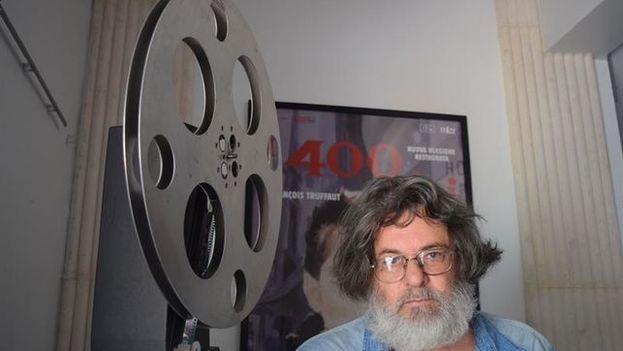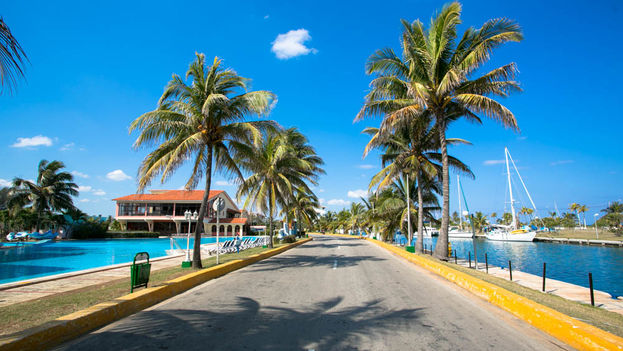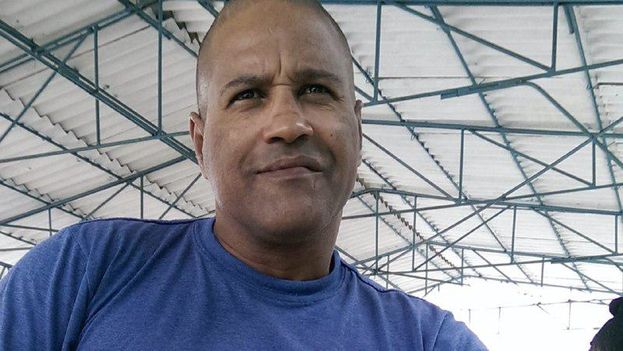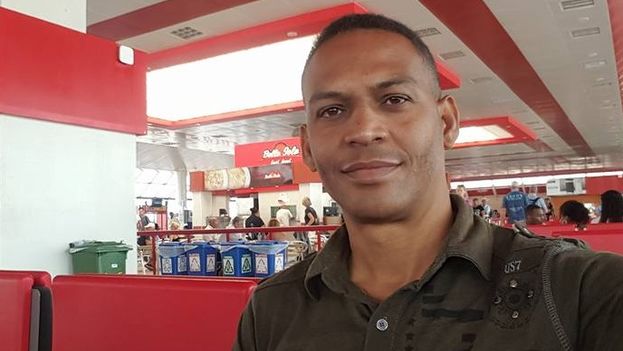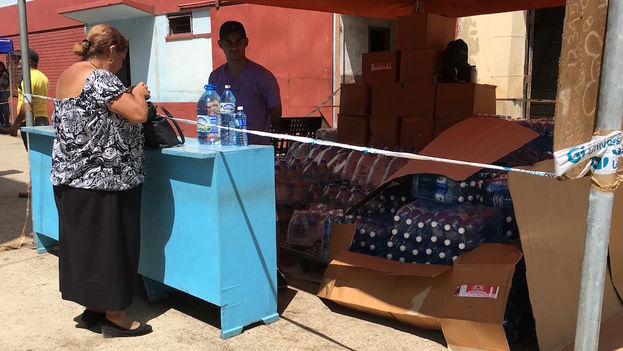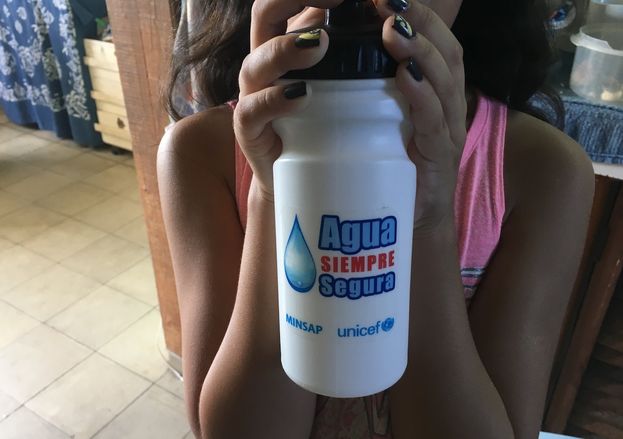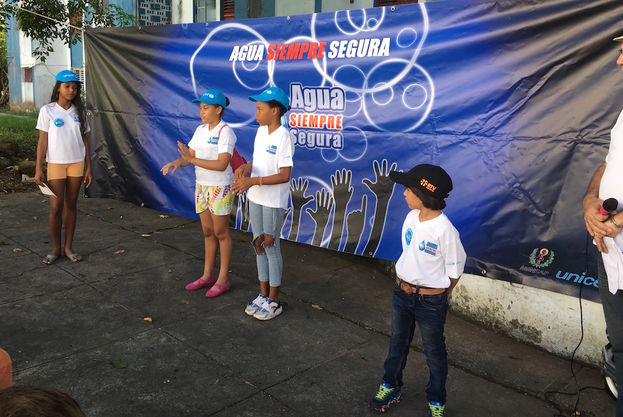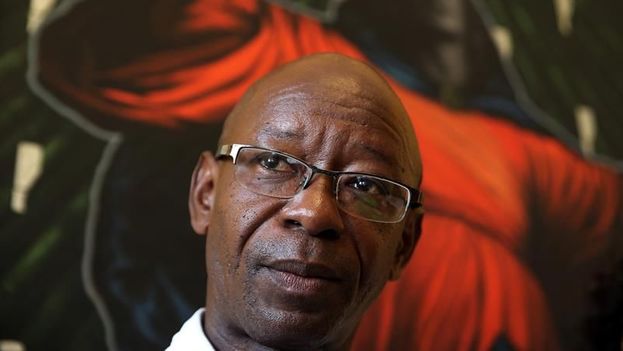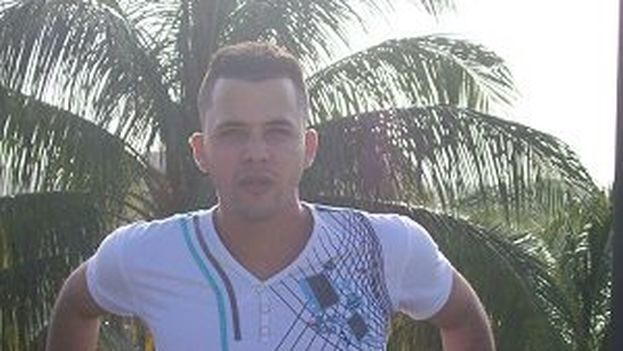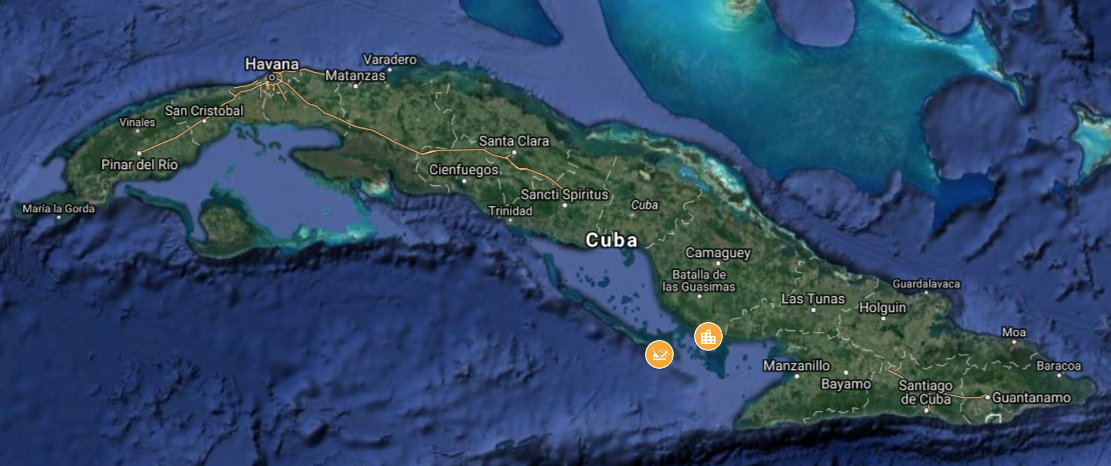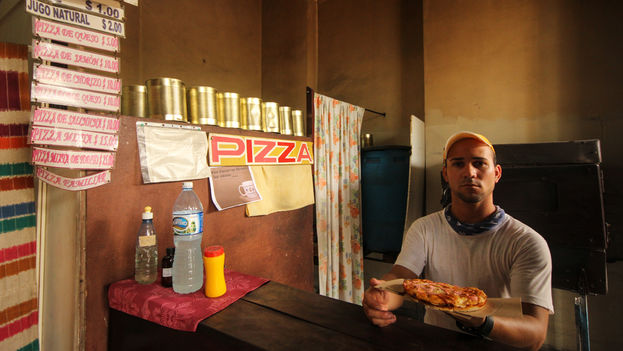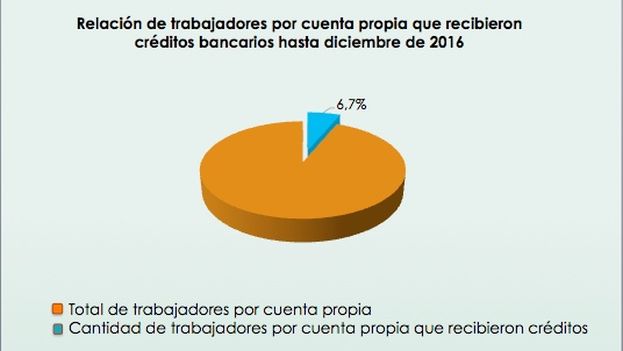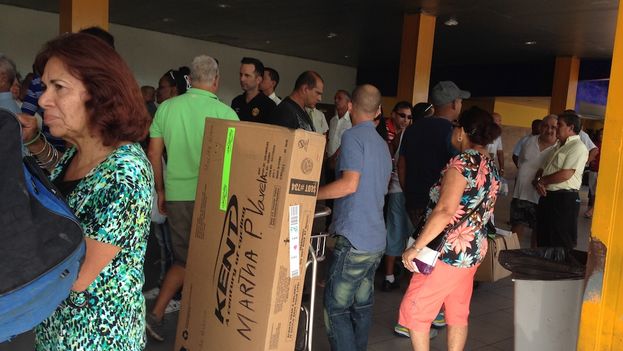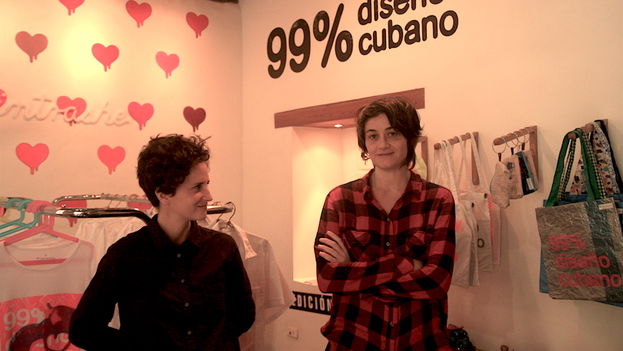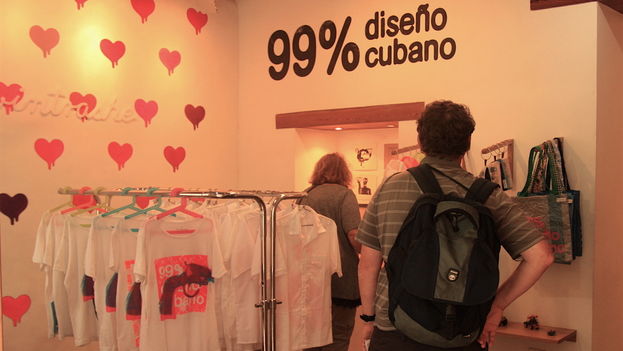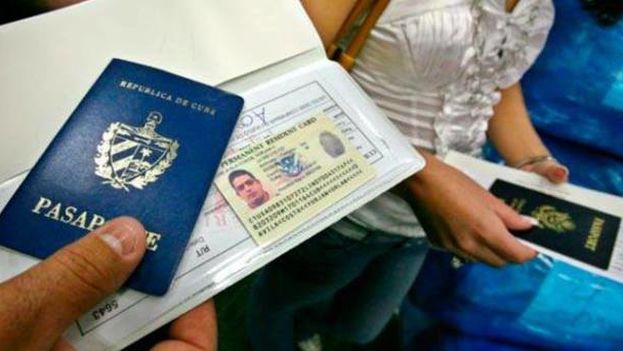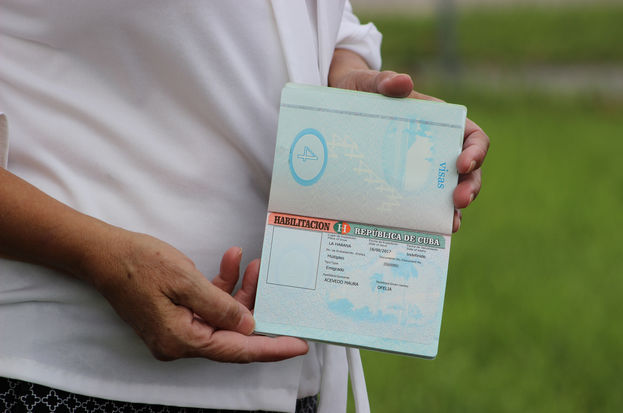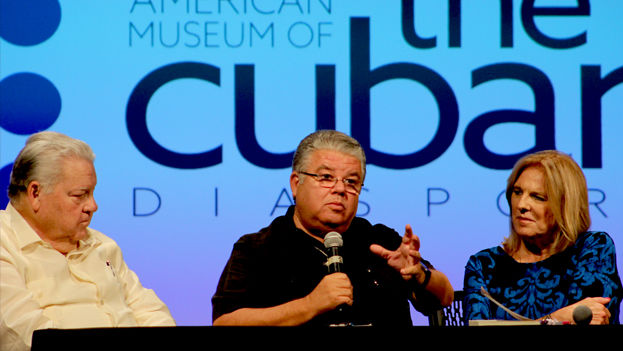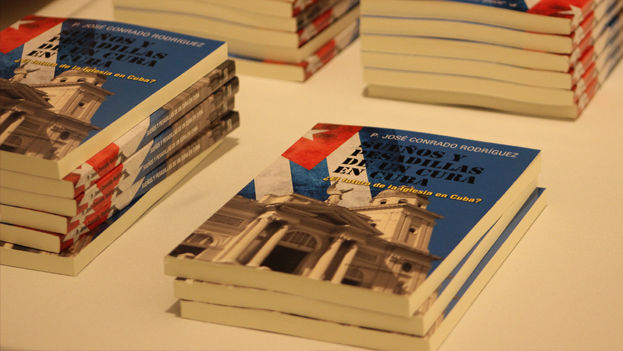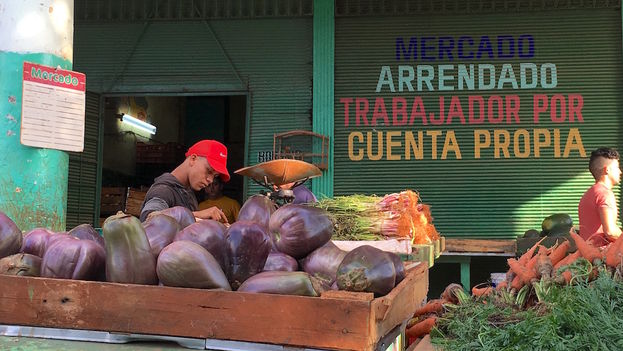On Saturday, during the IV Meeting of Cuban Residents in the United States held in Washington, Cuban Foreign Minister Bruno Rodríguez reported that as of January 1 of a package of four measures will go into effect, among which is the elimination of special permission required on the passports of Cuban emigrants living abroad in order to return to their native country. continue reading
In addition, Cuban citizens living abroad will be allowed to enter the country on pleasure boats; those who emigrated illegally will no longer (for the most part) have to wait eight years before returning; and the children of Cuban residents living abroad will no longer have to settle in Cuba to claim citizenship.
The announcement has provoked an avalanche of questions on the street about the convoluted Cuban migratory picture, questions that are reflected in the numerous comments on digital forums and social networks.
Meanwhile, the official media present the new rules as a response to the escalation of accusations about the presumed sonic attacks against the US diplomats that the administration of Donald Trump has launched and the recent cancellation by Washington of the issuance of visas in its Havana consulate.
“It was necessary for Trump to put a firm hand on the Cuban government’s determination to loosen the retrograde immigration measures imposed on its citizens abroad for decades,” says Rolando Gallardo, a resident of Quito, Ecuador, for years.
During the closing of the event, the Minister of Foreign Affairs declared: “The government of the United States closes and Cuba opens.”
“The Cuban political elite wants to expose itself to the world as the antithesis of an aggressive Trump,” political scientist Armando Chaguaceda, a Cuban emigrant, reflected in his column in the Mexican newspaper La Razón. Chaguaceda maintains that the flexibilizations seek an economic impact because “Raúl Castro and his heirs need minor allies to sustain the nascent authoritarian capitalism.”
With the repeal of the passport special authorization, which has been in force since 2004 and involves expenses of about 70 dollars to obtain it through an intermediary, 823,000 Cubans living abroad will benefit, according to official sources. Now, to enter the island, they will only need a valid national passport, renewed every two years.
From the United States, the country with the largest Cuban community, the issuance of the passport costs 375 dollars and is valid for six years. Each of the two extensions contemplated in that time costs $180 USD. With the costs of sending and processing the passport issuance process can reach 400 dollars.
The Cuban emigrants who arrived this Sunday at José Martí International Airport in Havana learned about the news there. “It took me a long time to get the authorization and this is the first time I’ve use it, but I’m glad that next year it won’t be necessary,” Yantier, 28, who lives in the Dominican Republic told this newspaper.
“It was a bit humiliating to ask permission to enter my own country,” adds the young man. Many of his friends “have had to behave well and not talk about politics publicly to ensure that they will put this stamp on their passport,” he says, and he believes that the new measures can help more people dare to say what they think.
Just a few hours before the official announcement, the authorities did not allow the widow of opposition leader Oswaldo Payá to enter the country despite her passport having the required authorization. Ofelia Acevedo denounced that in spite of having her documents in order and complying with the law, she was forced to return from Havana to Miami without being given any explanation of why she could not enter Cuba.
One of the doubts that remains to be resolved since Saturday is whether the government of the Island will allow the entry of opposition leaders in exile and former political prisoners who left the country, as is the case of many of those prosecuted during the Black Spring of 2003.
Pablo Pacheco, one of the former prisoners of the Black Spring, a member of the Cause of the 75 released in 2010 and now living in the United States, wrote on his Facebook page, “Bruno Rodriguez, I don’t believe you, I don’t believe that all Cubans are included in these supposed benefits.”
The authorization of entry and exit to Cubans living abroad on recreational boats through the Hemingway and Gaviota-Varadero International Tourist Marinas, something that was totally forbidden for years, also generates confusion among those affected.
“If I sail on my yacht from Miami to Havana, I can enter,” a Cuban emigrant reflected on social networks. “However, if I take advantage of my stay in Cuba to do the repatriation process and obtain a Cuban identity card, what will happen? Can I be a resident on the island and still have my yacht in the Marina Hemingway?” he asked.
Nationals living on the island are forbidden to have motor boats in these exclusive recreational marinas, so the new measures highlight even more the contradictions between “the different types of Cubans,” according to this emigrant.
Emigrants who have not undergone the repatriation process still have no right to buy property in Cuba or participate in elections, traditional demands of the Cuban exile. Nor is the double nationality they have obtained in their second homeland recognized, so they must enter the country with their Cuban passport.
Concepción González’s rafter son, who left in a poor boat to Miami from the western area of the Havana coast in 2012, could benefit from the measure that abolishes the period of prohibition of entry to Cuba in the eight years after emigration illegal.
“I have not seen him for more than five years and I thought we had to wait for another three,” the mother tells 14ymedio.
However, for professionals who deserted medical missions or diplomatic missions or while traveling in sports or other delegations, the situation does not change. The restriction of entry to the Island is maintained against them during the first eight years after their departure. Nor does the picture change for those who left through the United States Naval Base in Guantánamo.
Another of the measures to be eliminated as of January is a requirement for the children of Cubans living abroad, who until now have had to live for 90 days on the island to be eligible for the citizenship of their parents.
Flexibility is a “double-edged sword” for Cuban families living in countries that do not grant birthright citizenship, as Spain does with some conditions, and as is widespread in Europe. The Civil Code of that country allows granting citizenship by “simple presumption” to children of foreign parents who lack nationality but who are permanent residents.
Now, that argument will not be able to be used to claim Spanish nationality as long as the island’s consulate will process the nationalization even if the child has never set foot on Cuban territory. This situation could be repeated in other countries with similar laws.
In spite of the doubts and the situations that still do not find answers after the new migratory measures, this weekend in innumerable Cuban homes the happiness about reuniting with their relatives has allowed people to park their questions for a while.
“I count the days remaining in this year until I see my son,” Concepción González confesses. “I know that many mothers still do not have that joy, but I trust that more openings of this kind will come,” she says. “They can not close any more, so they just have to open.”
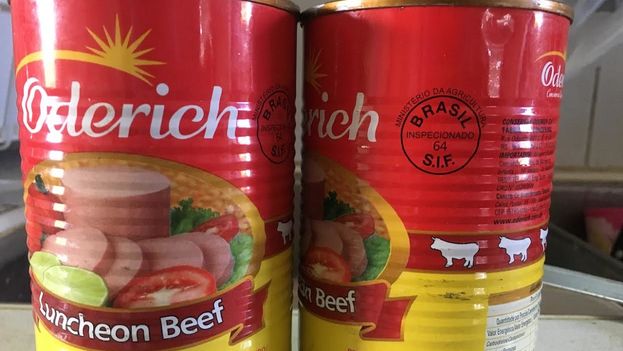
![]() 14ymedio, Havana, 2 November 2017 — In the years of greater political closeness between the Soviet Union and Cuba several products arrived from the distant Eurasian country to fill the shelves of the stores on the island. Matryoshka dolls adorned thousands of living rooms throughout the country and the national tables were full of dishes made with canned beef labelled Made in USSR. Housewives became experts in buying and cooking it.
14ymedio, Havana, 2 November 2017 — In the years of greater political closeness between the Soviet Union and Cuba several products arrived from the distant Eurasian country to fill the shelves of the stores on the island. Matryoshka dolls adorned thousands of living rooms throughout the country and the national tables were full of dishes made with canned beef labelled Made in USSR. Housewives became experts in buying and cooking it.
